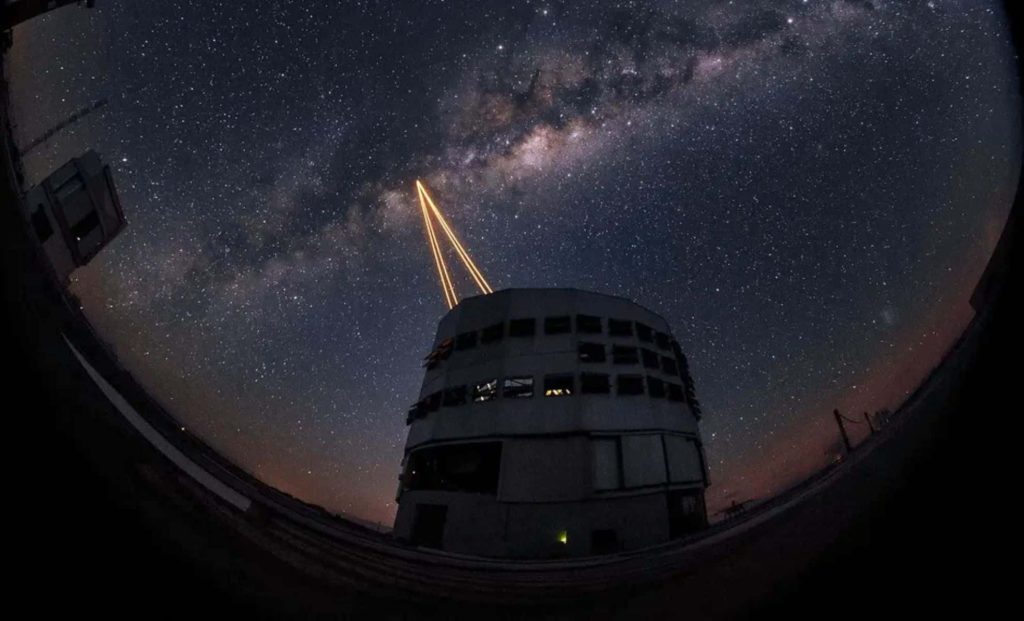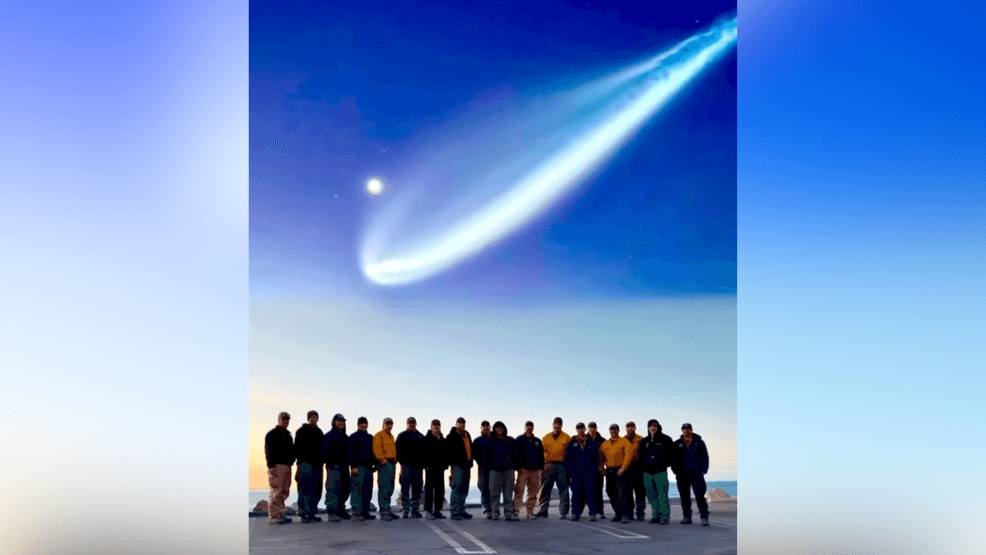Astronomers Warn of Disaster as Light Pollution Looms Over Global Telescope Site – Indian Defence Review

Astronomy’s future hangs in the balance as a massive renewable energy project threatens to flood one of the world’s darkest skies with light pollution. At stake are decades of groundbreaking discoveries from Chile’s Atacama Desert, home to the world’s most advanced telescopes. Will science or sustainability prevail in this clash of progress?Astronomers and researchers are raising alarms about a looming threat to one of the world’s most critical astronomical sites. The Paranal Observatory, located in Chile’s Atacama Desert, is home to the Very Large Telescope (VLT) and the under-construction Extremely Large Telescope (ELT)—two of the most advanced instruments for studying the cosmos. However, the pristine dark skies that make this location invaluable for scientific discovery are under threat from a massive renewable energy project proposed by AES Energy. The project, known as INNA, could increase light pollution levels by as much as 10%, jeopardizing decades of investment in astronomy and scientific advancement.The INNA project, a renewable hydrogen production complex valued at $10 billion, would be situated just a few kilometers from Mount Paranal. This 3,021-hectare industrial park is set to include solar and wind farms, a large-scale battery energy storage system, and facilities capable of producing over 217,000 metric tons of hydrogen annually. While the initiative aligns with global climate goals, its proximity to the observatory could severely impact the delicate balance of natural darkness essential for astronomical observations.The Atacama Desert is renowned for its unparalleled conditions for stargazing. With its high altitude, dry climate, and minimal atmospheric turbulence, it provides an almost perfect environment for observing the cosmos. According to Xavier Barcons, Director General of the European Southern Observatory (ESO), “It’s the darkest place where we have ever set an observatory in the world, by a large margin.” This unique clarity has allowed groundbreaking discoveries, including the first image of an exoplanet and detailed studies of the black hole at the center of the Milky Way.However, the proposed INNA project could transform this pristine environment. ESO estimates that the complex could emit as much light pollution as a city of 20,000 people. Barcons warns, “The brightness of the sky is going to increase by up to 10% from this project, and that is enough to make a difference between the best observatory in the world and an average observing place.”The potential loss of dark skies is particularly alarming given the capabilities of the VLT and the upcoming ELT. The ELT, expected to be operational by the end of this decade, will feature a 130-foot-wide mirror, making it the world’s largest telescope studying the universe in visible light. Worth more than $1.5 billion, the ELT is designed to revolutionize our understanding of distant galaxies, exoplanets, and the fundamental structure of the cosmos. However, the increased light pollution could compromise its ability to observe faint galaxies and study the atmospheres of potentially habitable exoplanets.“We might lose the ability to observe about 30% of the faintest galaxies,” Barcons stated. “We are at the point of starting to be able to see details of exoplanet atmospheres, but if the sky gets brighter, we may not be able to see those details anymore.”The conundrum at Mount Paranal highlights the growing tension between technological progress and environmental preservation. On one hand, renewable energy projects like INNA are crucial for combating climate change and transitioning to a sustainable energy future. On the other hand, the unintended consequences of such projects—like light pollution—can undermine critical scientific endeavors.Barcons argues that the project could easily be relocated to a less sensitive area. “These two things cannot be in the same place. It’s as simple as that,” he explained. “This clean hydrogen plant would be perfectly okay for us only 50 kilometers [31 miles] away. We don’t think there is any reason why it couldn’t be moved.”ESO has also called for stricter protections for the Atacama’s night skies. While Chile implemented regulations in 2023 to control stray light emissions, Barcons believes more stringent measures are necessary to safeguard the region’s astronomical heritage.The potential impact on Mount Paranal extends beyond Chile. Astronomical research conducted at facilities like the VLT and ELT contributes to our collective understanding of the universe and drives technological innovations. Light pollution not only affects the visibility of distant celestial objects but also diminishes the precision of data collected, potentially delaying or derailing critical discoveries.As humanity continues to balance sustainability goals with scientific advancement, the situation at Paranal serves as a cautionary tale. It underscores the need for careful planning and coordination to ensure that progress in one area does not come at the expense of another.AES Chile, the subsidiary overseeing the INNA project, submitted an environmental impact assessment in late December 2024. The Chilean Environmental Impact Agency is now reviewing the proposal, with public consultations set to follow. AES Chile has emphasized its commitment to working with local communities and stakeholders, stating that it aims to maintain “the highest environmental and safety standards.”However, the future of the Paranal Observatory remains uncertain. Astronomers worldwide are watching closely, hopeful that a compromise can be reached to preserve the Atacama Desert’s unparalleled conditions for scientific exploration. As Barcons aptly put it, “For astronomers, there is only one Mount Paranal.”Got a reaction? Share your thoughts in the commentsEnjoyed this article? Subscribe to our free Newsletter for engaging stories, exclusive content, and the latest newsComment Save my name, email, and website in this browser for the next time I comment.
© 2024 | Indian Defence Review | All rights reserved
Source: https://indiandefencereview.com/astronomers-light-pollution-telescope/





